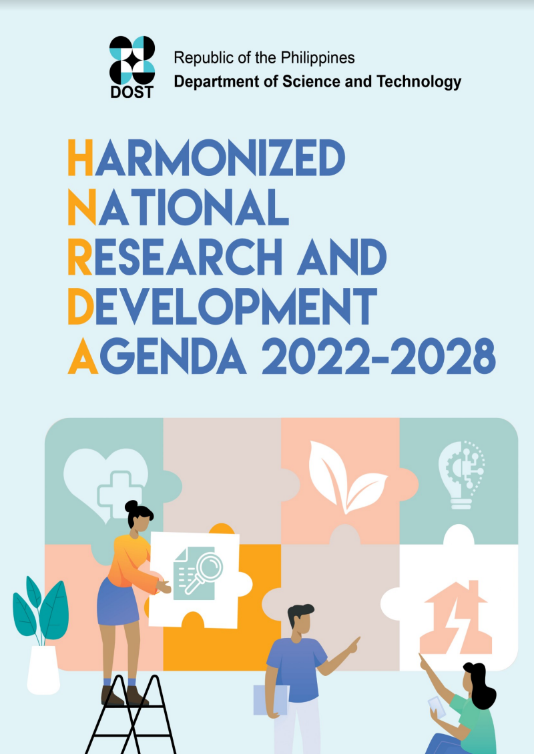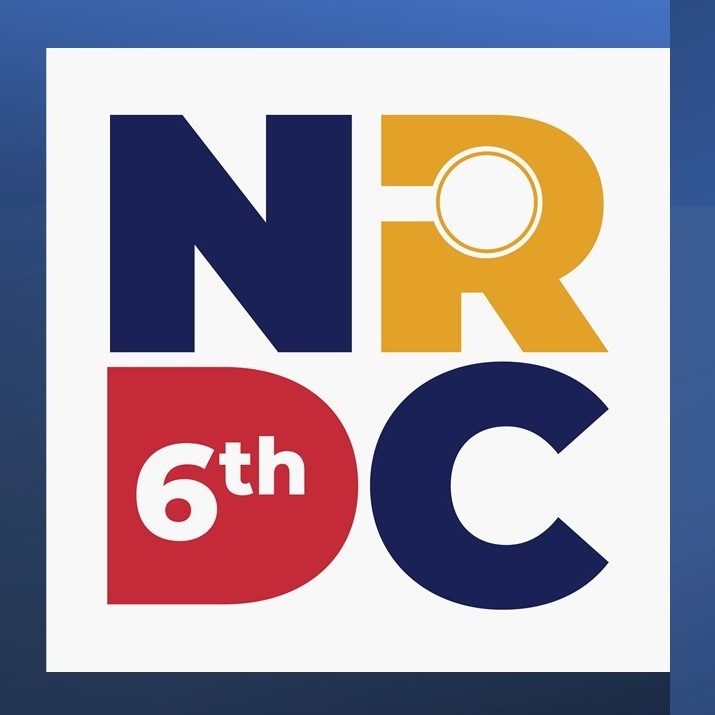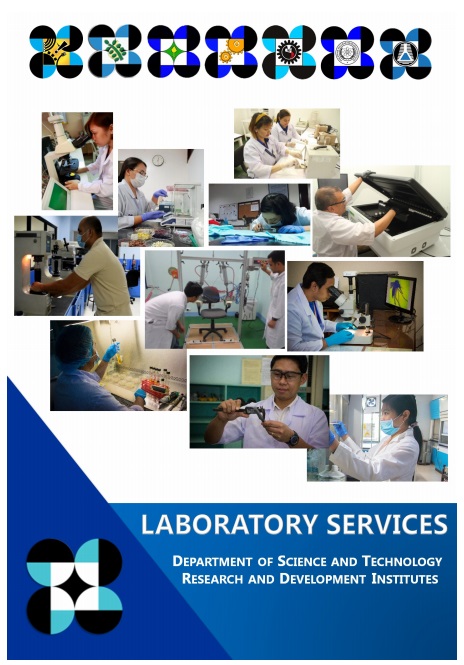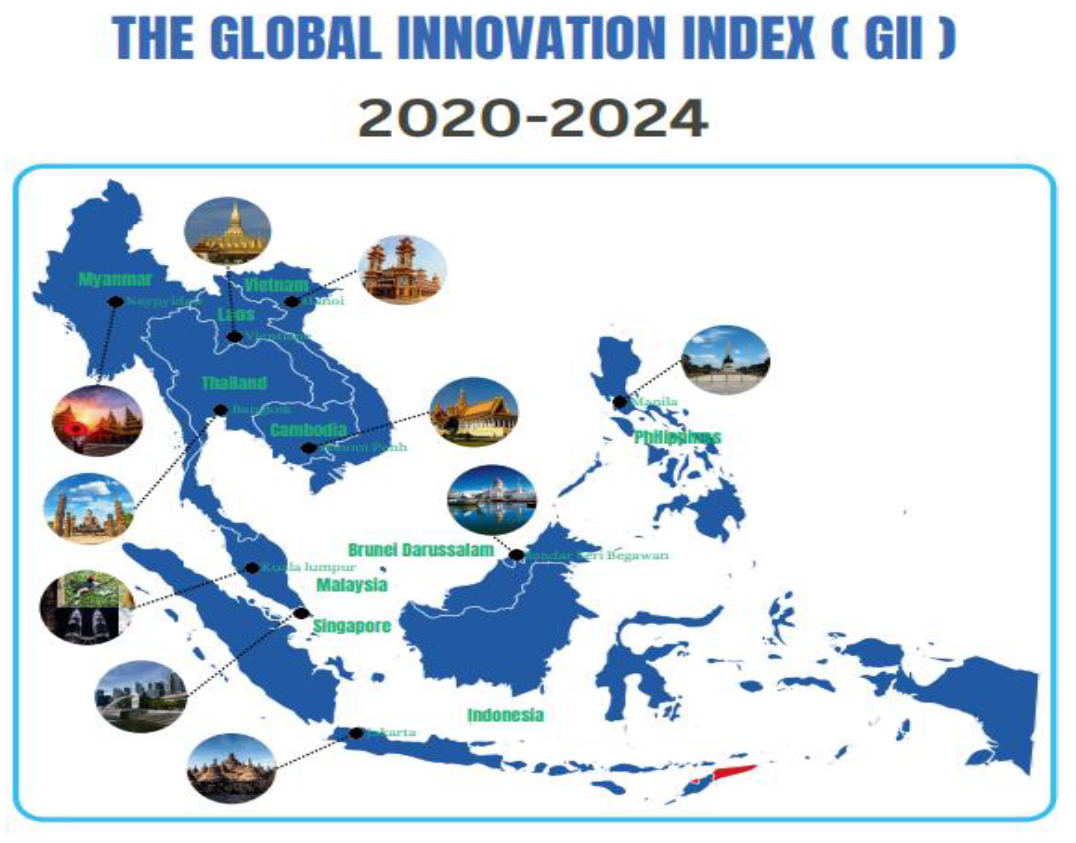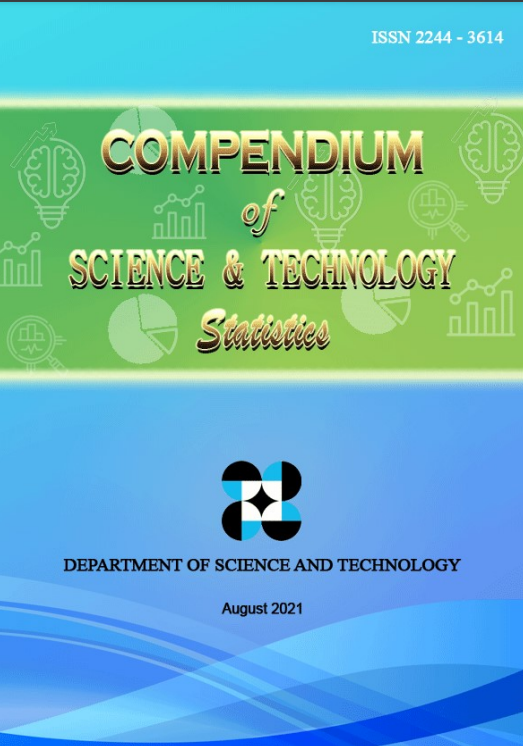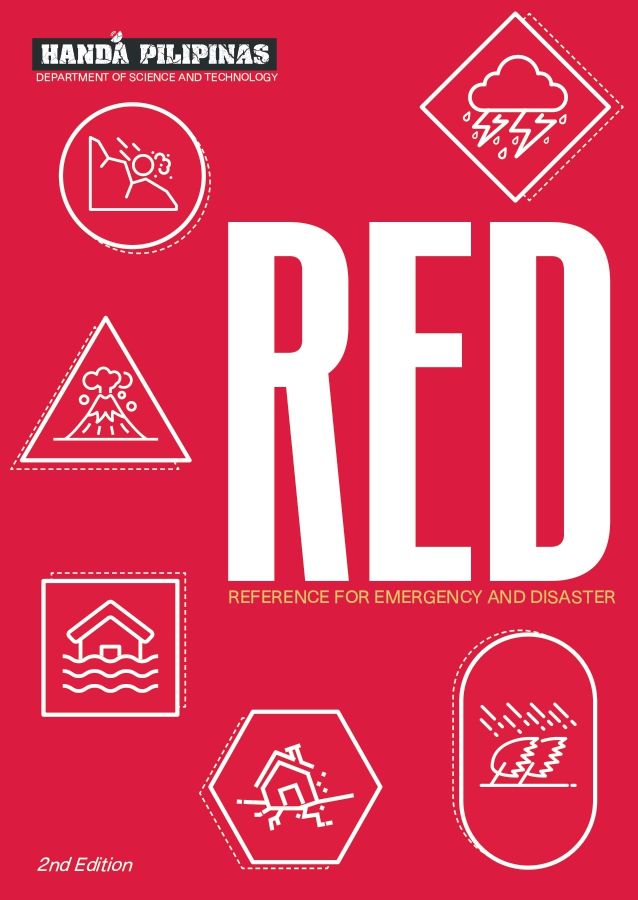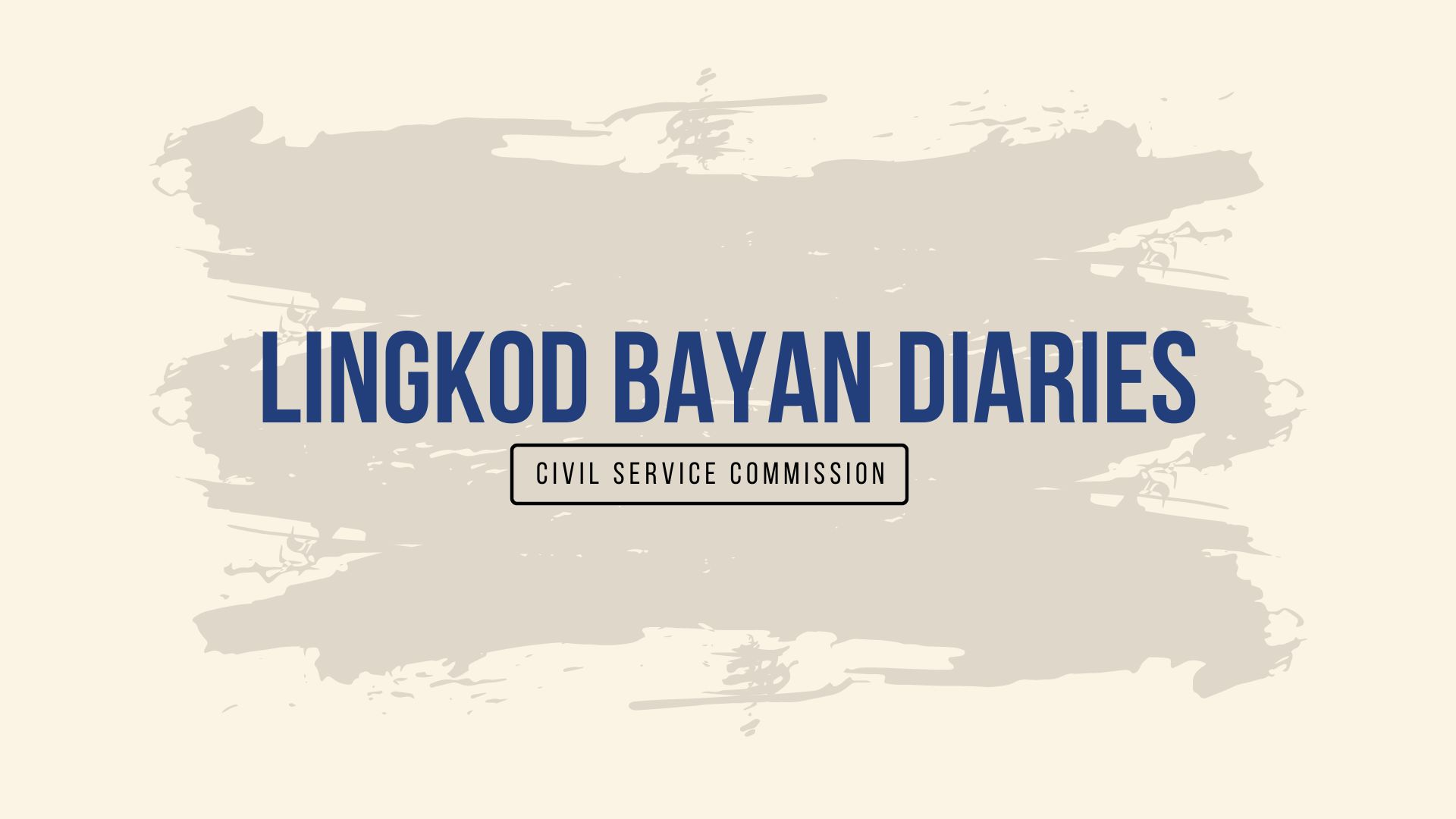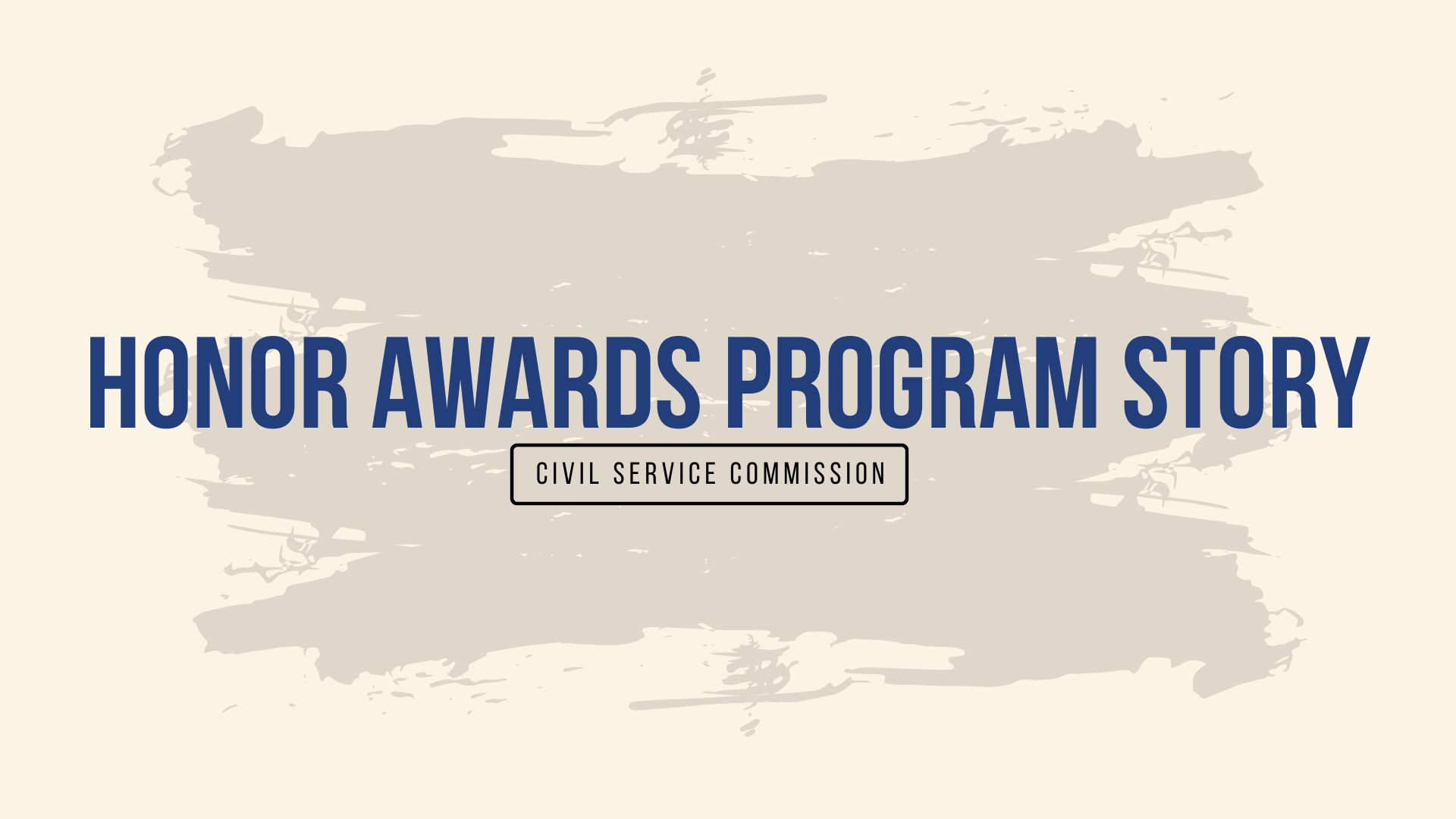DOST Academician is 2013 Ramon Magsaysay awardee
- Details
- Hits: 21118
An eminent member of the Philippine scientific community, National Scientist and Academician Ernesto O. Domingo, is among this year’s roster of Ramon Magsaysay awardees. Side-by-side with other equally competent Asian achievers, Dr. Domingo received the 2013 Ramon Magsaysay Award during ceremonies held at the Philippine International Convention Center last August 31, 2013.
Domingo, an advocate of universal health care and involved with major health research activities, is the latest Filipino to be chosen among Asia’s most brilliant and selfless achievers to receive the prestigious award considered by many as Asia’s version of the Nobel Prize.
Elected in 1992 to the National Academy of Science and Technology, an advisory body of the Department of Science and Technology, Domingo was chosen by the Ramon Magsaysay Award Foundation (RMAF) for “his exemplary embrace of the social mission of medical science and his profession, his steadfast leadership in pursuing ‘health for all’ as a shared moral responsibility of all sectors, and his groundbreaking and successful advocacy for neonatal hepatitis vaccination, thereby saving millions of lives in the Philippines.”
His numerous achievements and resolve to help find solutions to pressing problems in medicine, are indicative of a sterling career that helped shape the local medical community.
After earning his degree from the University of the Philippines Manila in 1961, Domingo specialized in internal medicine at the Philippine General Hospital (PGH) with a subspecialty in gastroenterology hepatology at the Case Western Reserve University in Cleveland, Ohio. In 1967, he joined the faculty of the UP Manila (UPM) College of Medicine.
Among his most outstanding scientific contributions are: elucidation of the nature of schistosome granuloma and its role in hepatosplenic disease, the pathophysiology of hepatosplemic Schistosomiasis japonica in humans, the epidemiology and control of Hepatitis B and the pathophysiology, clinical behavior and treatment of hepatocellular carcinoma in Filipinos.
In particular, he organized and led UPM’s Liver Study Group in undertaking major studies on viral hepatitis including Hepatitis A, B, C, D, E and G, and developing technologies associated with the disease. Among these are the rapid epidemiologic assessment for HbeAG positive individuals, production of diagnostic reagents for the testing of Hepatitis B virus carrier individuals, and microparticle agglutination test for Hepatitis.
Findings from his researches, which saw print in a total of 120 original research papers published locally and abroad, became important material for the formulation and implementation of policies and programs by both the private sector and Department of Health, for Hepatitis B immunization and routine Hepatitis B and C screening of blood for transfusion.
Domingo was also instrumental in the creation and implementation of the clinical fellowship program of PGH’s clinical departments and the formation of the Clinical Epidemiology Unit. As Chancellor, he also played a major role in the reorganization of UPM in the late 1980s which eventually paved the way for the creation of the Institutes of Socio-Biomedical Research which later became the National Institutes of Health.
In May 2010, Domingo received the Order of National Scientist, the highest award given to a Filipino scientist by the Philippine government.
The rest of the 2013 Ramon Magsaysay awardees are Lahpai Seng Raw from Myanmar, Habiba Sarabi from Afghanistan, Komisi Pemberantasan Korupsi (Corruption Eradication Commission) from Indonesia, and Shakti Samuha (“Power Group”) from Nepal.
They will be presented with their awards, certificates, medallions and prizes in a special ceremony to be held on August 31, 2013 at the Philippine International Convention Center in Pasay City.

National Scientist Dr. Ernesto O. Domingo
2013 Ramon Magsaysay Awardee
DOST awards best technopreneurs in MIMAROPA
- Details
- Hits: 5145
Rejano’s Bakery, a family business that manufactures traditional arrowroot cookies since 1949, was named as 2013 Best Technopreneur by the Department of Science and Technology MIMAROPA Region (DOST IV-B) for the core category in a ceremony held last August 27 at the Traders Hotel.
The award was conferred in recognition of technopreneurs who, through science and technology, improved their business productivity, profitability, employment and over all contribution to the regional economy.
Located in Sta. Cruz Marinduque, Rejano’s Bakery, is owned and managed by Carmelita “Mita” Rejano-Reyes. Desiring to solve the problem of inconsistent supply of arrowroot flour, the main ingredient of the cookies, Mita first sought the help of the DOST IV through the Provincial S&T Center in Marinduque. The DOST grant enabled her to acquire processing equipment that made the processing of arrowroot flour easier.
Encouraged by the improvements brought about by innovations through DOST, she again asked the agency for assistance, this time under the Small Enterprise Technology Upgrading Program (SETUP) in 2006. SETUP is DOST’s strategy to encourage and assist SMEs to adopt technological innovations to improve their operations and thus boost their productivity and competitiveness.
Under the program, the enterprise went through current Good Manufacturing Practice Training and Audit, and adopted cleaner production technologies which resulted to significantly reducing the LPG consumption by 20 percent, and improving flour production by a whopping 200 percent at the least.
In 2009, the business received another assistance from SETUP to improve packaging and extend product shelf life which increased the product’s marketability. The improved packaging enabled Rejano’s arrowroot cookies to penetrate the Metro Manila market and boost its sales by 15 percent.
Aside from being a successful enterprise, Rejanos Bakery was also able to provide livelihood to the farmers that supply raw materials for its products.
Meanwhile, the Sama-sama sa Ikauunlad ng Kinabukasan ng ating Pamumuhay (SIKAP), a community organization in Bicas-Bicas, Buenavista, Marinduque, received the 2013 Best Technopreneur for the non-core category. The award is given to the exceptional community based organization in MIMAROPA that were recipients of upgrading support from DOST.
As its livelihood program, SIKAP is into the production of coco sap sugar, which is touted as a better alternative to sugar because of its lower glycemic index.
SIKAP received its training on coconut sugar production from DOST-ITDI. Likewise, the members underwent cGMP Food Safety Management Training. SIKAP was also able to establish a GMP-compliant coconut sugar processing facility and enhanced the product quality through appropriate packaging and labeling materials provided by DOST.
The DOST interventions, paved the way for more livelihood opportunities for the community members. SIKAP provides indirect employment to Tuba gatherers, while housewives in the community were the sugar processors. SIKAP generates an average monthly income of P 34, 966. 
Carmelita Rejano-Reyes, owner of Rejano’s Bakery in Marinduque, expresses her deep gratitude to DOST IV-B, during the awarding ceremony for 2013 Best Technopreneur last August 27, at Traders Hotel Pasay City. (S&T Media Service)

Carmelita Rejano-Reyes (3rd from left) receives the 2013 Best Technopreneur from DOST IV-B Regional Director Josefina P. Abilay (left) during the awarding ceremonies held at Traders Hotel. With them is Provincial Science and Technology Director Bernardo T. Caringal (right) and entrepreneur and radio personality Dr. Carl E. Balita. (S&T Media Service)
DOST’s free online reviewer for scholarship exam is now up
- Details
- Hits: 38854
Graduating elementary students wishing to bag a scholarship slot at the Philippine Science High School (PSHS) will now have better chances of passing the National Competitive Examinations (NCE) of the country’s premier science secondary school. This opportunity is made possible through the Department of Science and Technology’s latest initiative called the PSHS online reviewer.
The free reviewer, which is now available online, is designed to help aspiring scholars to prepare better for the PSHS NCE. It can be accessed at pshsreviewer.org and pshsreviewer.dost.gov.ph.
According to Dr. Rowena Cristina L. Guevara, executive director of the DOST’s Philippine Council for Industry, Energy and Emerging Technology Research and Development of the (PCIEERD), the online reviewer is the official practice test provided by the PSHS. It is free and accessible through the Internet such that even students who live in the provinces and outside the country, especially those who can not afford the services of private review centers, can experience and learn from the exam simulation.
The official online reviewer provides a uniform and accessible practice test environment that simulates the actual PSHS examination. The question grouping, time constraints, and format follow the actual examination while a pool of experts formulated the questions. The better test-taking strategies and practice drills familiarize users with the nuances of the exam, giving them better chances of passing the PSHS examination.
In developing the software, project leader Dr. Susan P. Festin of the University of the Philippines said that her team benchmarked from current industry practice for online testing such as SHL and ExamBuilder. Both tests, for a fee, provide companies with assessment tools across various sectors. SHL provides a portfolio of more than 1,000 off-the-shelf assessment tests, while ExamBuilder provides exam authoring, delivery, reporting, and analytics.
For DOST college scholarship aspirants, Dr. Guevara said that DOST is coming up with the free online reviewer for the DOST-Science Education Institute examination in a few weeks.
The DOST-PCIEERD is the monitoring agency for the development of the software programs, including said PSHS online reviewer, under its S&T human resource program.

Screen capture of the DOST-PSHS National Competitive Examinations available online at pshsreviewer.org and pshsreviewer.dost.gov.ph.
BPM industry readies more job breaks for Pinoys, DOST exec says
- Details
- Hits: 25319
More job opportunities, more career options. With a total workforce of 776,794 in 2012, some 137,066 of these were new hires, the country’s IT-Business Process Management industry continues to burst at the seams with a US$ 13.2-billion revenue.
“The Department of Science and Technology - Information and Communication Technology Office (DOST-ICTO) is furthering its efforts in bringing jobs to Filipinos in the countryside, as we aim to hit our target of 1.3 million full time employees working in the industry by 2016,” DOST-ICTO Executive Director Louis Napoleon C. Casambre said. DOST-ICTO is the country’s main agency handling the IT-BPM sector.
Director Casambre said that for years, the country’s IT-BPM sector has shown strength in terms of revenues, positioning the country as the best provider in voice services and second best in non-voice.
Opportunities in the industry were echoed by speakers at the recently held IT-BPM Career Talk during the National Science and Technology Week at the SMX Convention Center as they also discussed the various skills needed in it, as well as options and perks.
According to the speakers, other IT-BPM sectors such as animation, game development, health information management, and software development are quickly catching up with the popularity and capability of call centers.
Getting on the game
Alvin Juban, president of the Game Developers Association of the Philippines, cited that the country today has an estimated 4,000 game developers involved in motion graphics, motion capture, sound design, conceptualization and game quality assurance.
Poised to further boost industry manpower is the newly established Human Development Facility. Owned by the Korea International Cooperation Agency, the government of South Korea and the Department of National Defense of the Philippines , the facility is designed to strengthen the skills of Filipino professionals in animation and game development, said Juban.
Nurses, medics join the fray
Meanwhile, Dr. Josefina V. Lauchangco, president of the Health Information Management Outsourcing Association of the Philippines (HIMOAP), elaborated that a background in the medical field is a big advantage for those seeking jobs in the health information management sector such as medical transcription. She added that the number of nurses hired by HIMOAP’s member-firms in the country was estimated to reach 43,000 in 2012. They aim to raise employment numbers to 100,000 by 2016, she reported.
However, Dr. Lauchangco added that professionals from fields of specialization other than medicine are also welcome to work in the health information management outsourcing sector.














